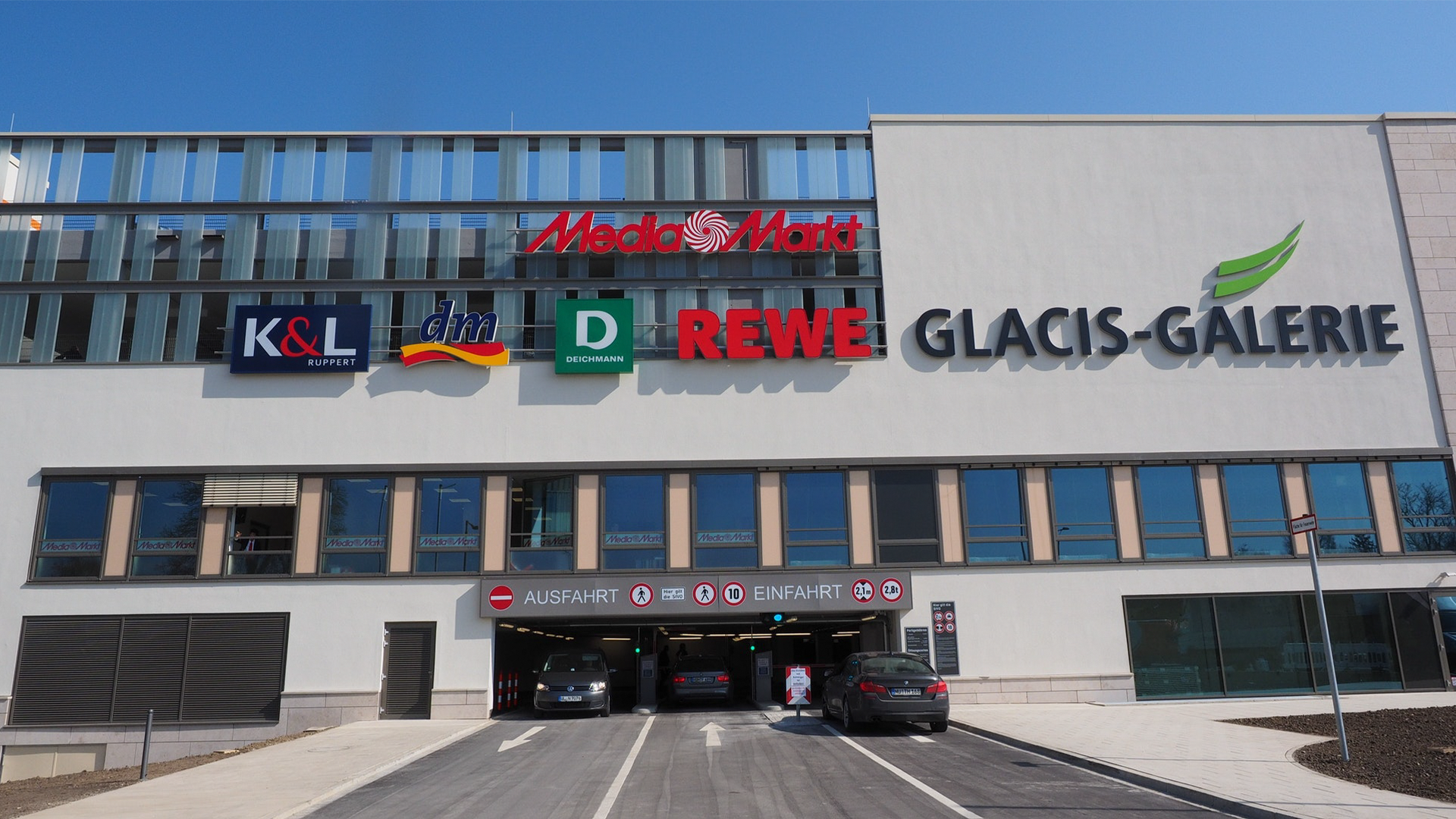It would be pretty challenging to find those who never experienced embedded ads on videos. Advertisements are frequently popping up on YouTube, TikTok, or Facebook. It is an excellent option for advertisers to promote products. But that is not proper AVOD.
Let’s go through today’s standard of ad-supported video-on-demand statics and advertisers’ resolution.
Ad-supported video-on-demand (AVOD) will be launched on prominent media outlets by the year-end. Disney plans to launch AVOD with a direct-to-consumer segment within a brief period. The platform expects 230 million subscription-based users in 2024, who will be pretty familiar with AVOD. The Walt Disney Company (DIS) will benefit users by providing premium content without charging extra.
According to MarTech, the projected number by 2023 with AVOD accounts will be up to $47 billion.
Video advertisements have killed television advertisements by a significant margin. Of course, there are other ways to advertise products, but the tech industry, in particular, has evolved. We see email-based ads on products, website banners, and video advertisements, making up most revenue.
The marketing budget is split among platforms, but the newer infrastructure gets the most attention. Advertisers find ad-supported video-on-demand as the best method for the campaign.
Yahoo partnered with Glewed TV, with over 20,000 hours of premium content. A vast pool to dive into for AVOD. Sports, movies, food, documenters, and reality shows are some of many that AVOD can take benefit of.
Large media outlets such as Netflix, Hulu, and Apple TV broadly promote AVOD partnerships with premium content without showing disgusting ads to users. On typical video sharing or streaming platforms, we can see pre-rolled video ads, mid-video ads and end-video advertisements. They are the standard advertisements we consume day-to-day.
While it gets pretty annoying pretty quickly, people favour coping with it. A sense of ignorance is developed in the unconscious mind, making the campaign somewhat successful.
On the other hand, AVOD has a significant impact. It lets media be a premium piece of content without annoying users with how good the product is but by simply putting the brand logo alongside the credits. It gives the users the premium experience they deserve and successfully executes the campaign.
One of the best sides of it is yet not mentioned. It gives the audience access to premium content without paying money to the owner. The advertisements already pay it off. Advertisers may think of it as a tricky gamble. They would not know when to attach their name to particular media. If we dive deep, the discussion can get tricky pretty quickly. As large production houses would charge resembling the content, they produce.
It is also a similar experience from the advertiser’s side. They get to choose what quality content to partner with. This whole ecosystem makes sure content maintains quality. Brands get to spend a pretty penny with satisfaction.
Viewership count grows when the videos gain popularity or enough success. It is a promising sign to invest for marketers to spend money and tap into the AVOD system. Numbers projected by statistics said within 2025, AVOD will have an increased viewership by 61 per cent, which is approximately 165.4 million more people. Yahoo’s Chief Business Officer Iván Markman talked about growth in AVOD as “ad spending is outpacing other channels” and is more than double of 2018.
You may also enjoy:
- Building a brand: A crucial part of your marketing strategy
- Content Syndication Strategy 101: The Reconciliation B2B Clients are Looking For
- Email Marketing: The #1 strategy to grow in 2022
CTV platforms specially target advertisers that seek digital-quality marketing. It is not a replacement for television spending but complements it. There is a large number of people that aren’t subscribed to cable. AVOD makes sure to reach out to customers in all aspects. It is necessary to implement quality product placement to get the best AVOD result.

